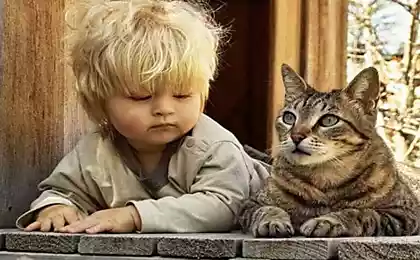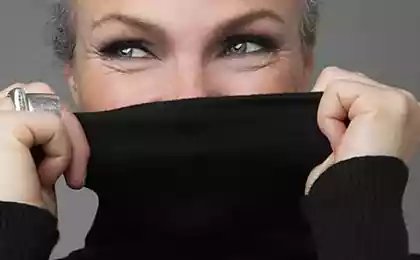449
For billions of years before animals the oxygen level was 0.1% of the current

In search of answers to questions about the origin of animal life on Earth, geologists were able to taste the air that was on the planet billions of years ago. Scientists have long assumed that animal species could not flourish on Earth, while it did not cover a sufficient amount of oxygen. The first animals appeared in the late Proterozoic period, about 600-700 million years ago — but what was the air of the planet for a billion years before that? Many people think that he was full of oxygen, but it is fundamentally wrong.
Scientists have found that the time to call the air suffering from a lack of oxygen — not to say anything. In a study published October 30 in the journal Science, scientists reported that the level of oxygen for a billion years before animals accounted for only 0.1% of what we have today.
"In other words, the Earth's atmosphere simply could not support the variety of living creatures, regardless of their genetic achievements," said co-author Timothy Lyons, a distinguished Professor of biogeochemistry at UC riverside.
According to the research, although the fact that genetic and environmental conditions ultimately influenced the rapid development of animals, no questions, exactly the same way these animals for the prosperity needed a certain level of oxygen.
"We provide the first evidence that the oxygen level in that period was extremely low, which seriously hampered the development of animals," says Noah biogeochemi Planovsky of Yale University, co-author of the study. Along with Christopher Reinhard of the Georgia Institute of Technology they did research in the laboratory of Lyons.
Scientists have found the evidence by analyzing chromium isotopes in ancient sediments, China, Australia, Canada and the United States. Chromium can be found in the continental crust, and chromium oxidation process, as evidenced by the isotopes of chromium are directly associated with the presence of free oxygen in the atmosphere.
A group of scientists studied the samples settled in a small, iron-rich areas of the ocean near the ancient coastline. They compared their data with other samples taken in the younger districts, formed under similar conditions, but with higher oxygen levels.

The question of the role of oxygen and provided the impact on the first appearance of animals for a long time discussed by scientists. "So far, we could not find the right approach, says Planovsky. — Chrome has provided us with it." He explained that previous estimates, which claimed that 40% of the current level of oxygen was present in the ancient conditions before the appearance of animals, led to weak limitations, which are not explained the absence of animal life before the end of the Proterozoic period.
In their study, the authors came to the conclusion that the oxygen level was very active in the young atmosphere, with possible random jumps. Also the obvious communication differences as earth chromium before and after the heyday of animal life, and this relationship is not mere coincidence — it indicates extremely low oxygen conditions until the end of the Proterozoic.
These differences lie in the fundamental change in data on isotopes of chromium, clearly indicating that animals began to flourish only under conditions of oxygen-rich atmosphere. The results of this work should significantly alter people's views of the origin of animal and other complex life and their relationships with the environment.
Source: hi-news.ru
4 spices kill bacteria and protect cells
As the world was on the threshold of a new economic revolution























